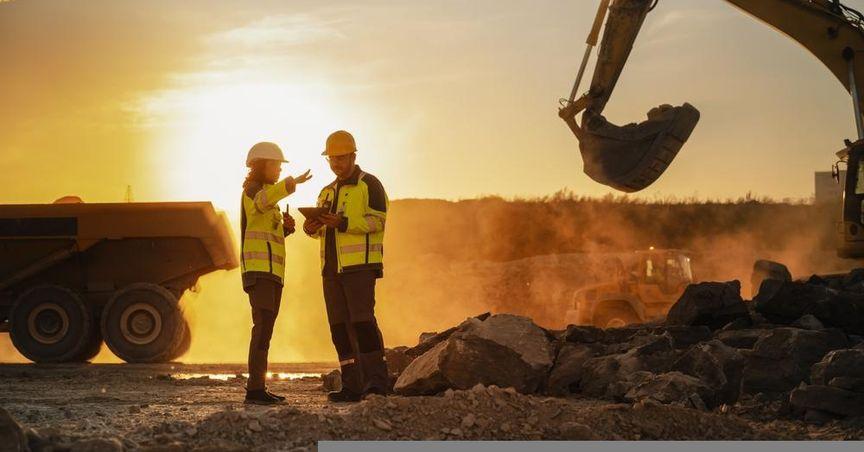Highlights
- Geophysical survey identifies two key mineralization zones marked by distinct chargeability and resistivity patterns.
- High chargeability zones correlate with sulphide-rich assemblages and epithermal-style structures, enhancing exploration focus.
- The target area is fully approved for drilling, with operations planned to begin in the coming months.
The mining sector often relies on geophysical surveys to identify potential mineralization zones. These surveys provide valuable insights into underground structures, helping delineate areas with significant mineral potential. The findings from such studies guide exploratory activities, shaping strategies to optimize outcomes.
High Chargeability - Low Resistivity Zone
The survey revealed a high chargeability and low resistivity zone stretching along a considerable strike length. This area aligns with surface indications of mineral presence, such as soil samples containing traces of gold. The mineralization in this region is likely linked to sulphide assemblages, characterized by clay alteration zones, which are typical in many mineral-rich deposits. These findings underscore the potential for sulfide-hosted mineral formations.
High Chargeability - High Resistivity Zone
Another notable feature from the survey was the identification of a high chargeability and high resistivity zone. This segment includes mineralized silicified boulders with quartz, arsenopyrite, chalcopyrite, and pyrite. The mineralization within these structures suggests the presence of epithermal systems. The epithermal-style characteristics align with strongly silicified geological formations often associated with gold and silver deposits.
Readiness for Drilling Operations
The surveyed area has been marked as drill-ready, with the necessary platforms and permissions already secured. These preparations signal significant progress in advancing the exploration phase. The planned drilling activities aim to further analyze and confirm the findings suggested by the geophysical survey. Operations are expected to commence soon, laying the groundwork for more detailed investigations.



